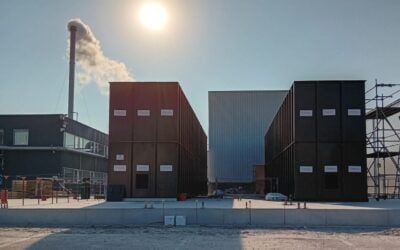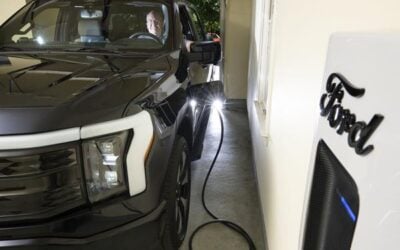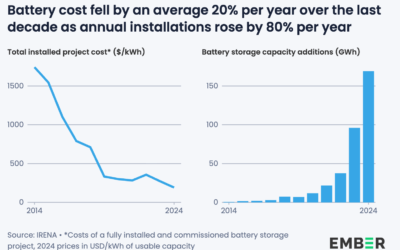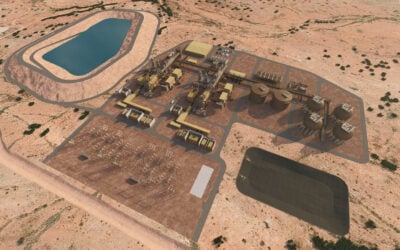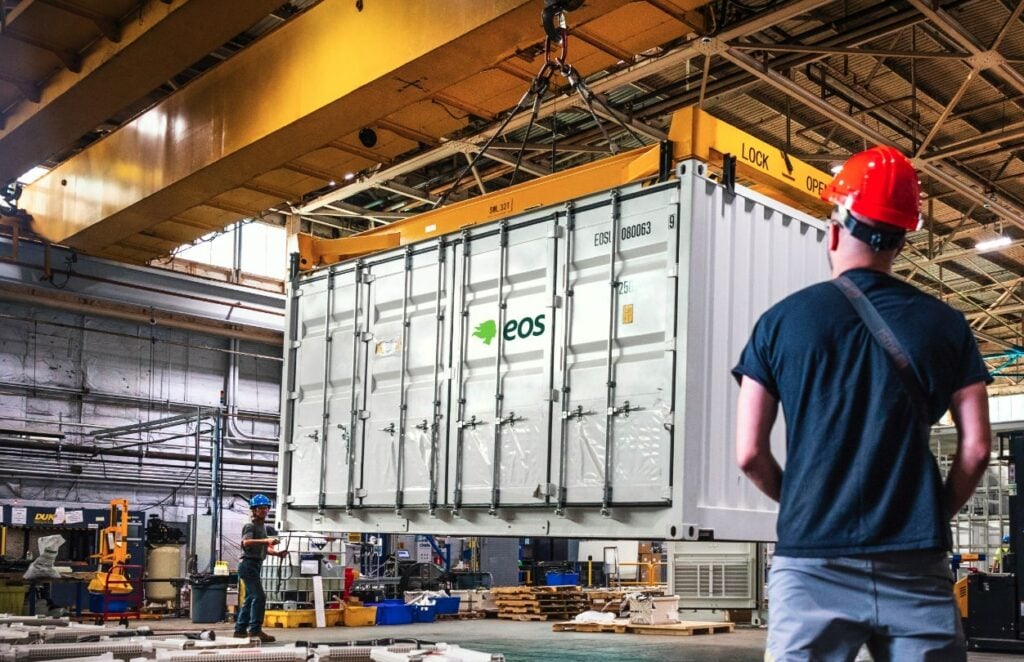
US zinc hybrid cathode battery storage manufacturer Eos Energy Enterprises has reaffirmed revenue guidance and expects to achieve a positive contribution margin this year.
The startup, which has a proprietary zinc-based battery technology that can be stacked for long-duration energy storage (LDES) applications requiring around 12 hours discharge capability, announced its Q1 2024 financial results yesterday (14 May).
Eos listed its shares on the Nasdaq exchange in 2020 through a merger with a special purpose acquisition company (SPAC).
Revenues for the quarter totalled US$6.6 million, 25% less than in Q1 2023. Eos attributed the drop to customer revenue recognition timing. The company did decrease operating expenses by 3% from last year, and although the cost of goods sold went up 5% year-on-year, the company manufactured 28% higher unit volume of products than in the first quarter of 2023.
Try Premium for just $1
- Full premium access for the first month at only $1
- Converts to an annual rate after 30 days unless cancelled
- Cancel anytime during the trial period
Premium Benefits
- Expert industry analysis and interviews
- Digital access to PV Tech Power journal
- Exclusive event discounts
Or get the full Premium subscription right away
Or continue reading this article for free
It also achieved a 35% reduction in its net loss to US$46.7 million, versus US$71.6 million in Q1 2023. The company ended the quarter with US$31.8 million cash balance excluding restricted cash.
Total revenues for 2023 were US$16.4 million, down from US$17.9 million the prior year, as covered by Energy-Storage.news Premium in March.
‘State of the art’ manufacturing line to open soon, EOS CEO says
However, despite a financial position which has left Eos shares trading at US$0.79 at the time of writing, down from a high of US$28.83 in January 2021, the company claimed that demand for its products is robust.
Prior to listing, Eos Energy Enterprises’ leadership had said that reduction in costs and establishment of automated factory lines would be key to profitability and would take at least a couple of years to achieve.
It ended Q1 with an order backlog for around 2.4GWh of systems, worth US$602.7 million, and has received letter of intent (LOI) or firm commitments for a further US$1.3 billion, or around 6GW, of systems. There are also opportunities in its pipeline for about 43GW of sales, either at the non-binding quote or technical proposal stage.
Whether it can make its products quickly and cheaply enough to meet those opportunities and even convert a further US$9.5 billion potential revenue from lead generation appears to be the key, as far as company leadership is concerned.
In December, Eos said it was targeting 80% cost reduction for its newest Z3 battery. It claimed yesterday it has hit 55% of its material cost-out target, while CEO Joe Mastrangelo said the company is “weeks away” from opening a “state-of-the-art manufacturing line” at its Turtle Creek facility in Pennsylvania.
Eos completed Factory Acceptance Testing (FAT) for the line earlier this month, ahead of Site Acceptance Testing (SAT) when it is installed at Turtle Creek. Process stations are functioning as designed, and the line is on schedule for commissioning in Q2.
Eos’ aspirations could be bolstered by a US Department of Energy (DOE) loan via its Loan Programs Office, worth up to US$398.6 million—around 80% of the expected cost of its American Made Zinc Manufacturing plan, or Project AMAZE, as the company has dubbed it.
The company is aiming to meet required milestones including the start of automated production to get that loan. As a US-based manufacturer, Eos also avails of US government production tax credit (PTC) incentives.
Eos’ technology has been in development for more than 15 years and to date 3GWh of energy has been discharged from its Znyth battery modules in field operation.
The company said yesterday that it expects to earn revenues of between US$60 million to US$90 million for the 2024 full-year and a positive contribution margin in Q4 2024, with its automated line set for 1.25GWh annual production capacity, and with plans afoot to then increase that by a further gigawatt-hour of annual capacity.

